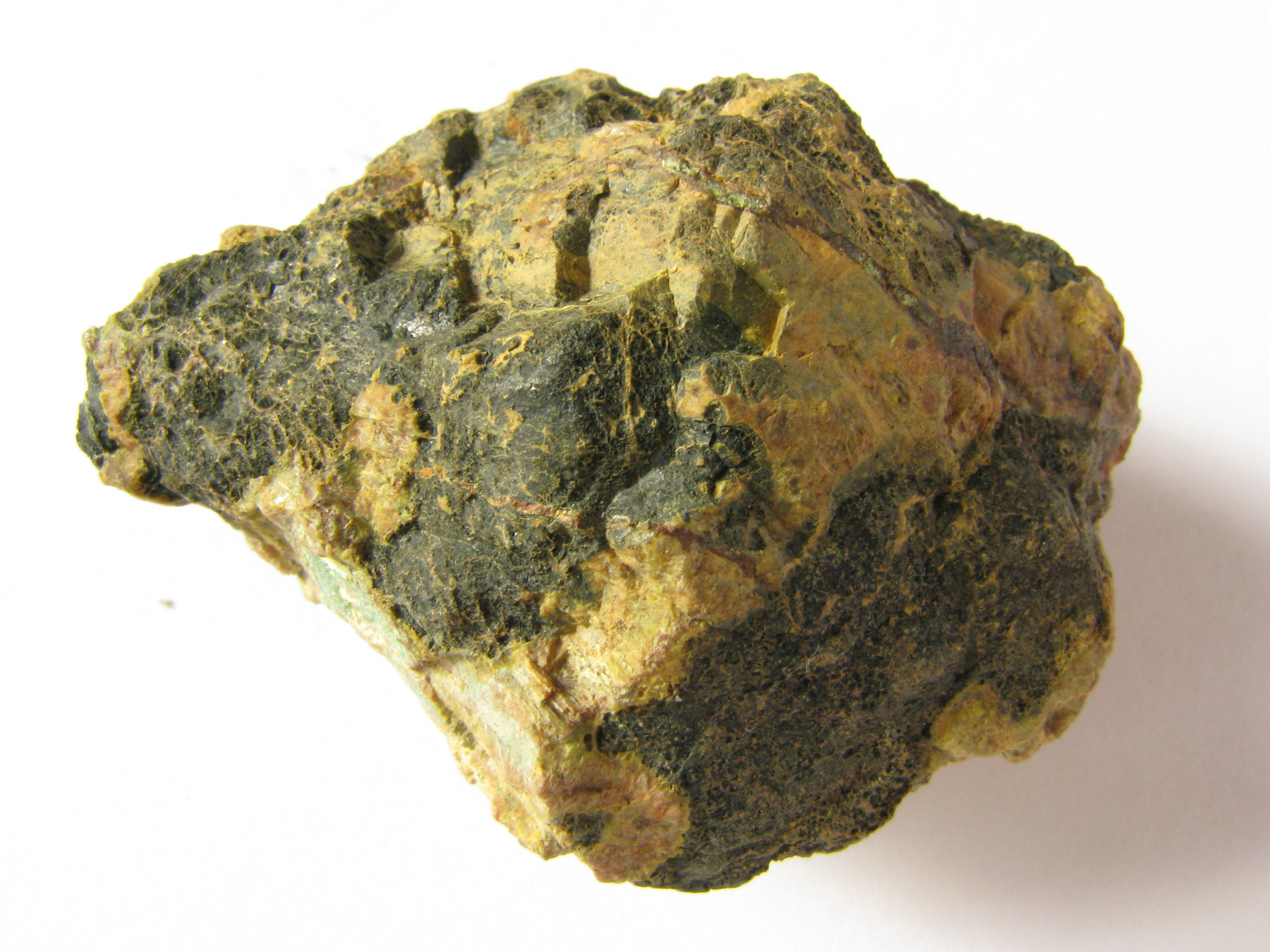UNIT 1 SUMMARY.
THE LITHOSPHERE: ROCKS AND MINERALS
THE LITHOSPHERE: ROCKS AND MINERALS
1. ROCKS
- The geosphere is the solid rocky part of the Earth.
- The geosphere has got 3 layers:
1. The core:
- It´s the inner layer.
- It´s made up of metals.
2. The mantle:
- It´s the middle layer.
- It´s made up of rocks.
3. The crust:
- It´s the outer layer.
- It´s made up of rocks.
2. What is a rock?
- A rock is a mixture of 1 or some solid substances called minerals.
- There are many different types of rocks.
- Rocks can be distinguished according to these characteristics:
1. Composition: It´s the mixture of minerals that make up the rock.
2. Texture: It´s the shape and the touch of the rock.
3. Location in nature: We can find rocks in volcanoes, paralell layers or mountain ranges.
3. PROPERTIES OF MINERALS
1. SHAPE: Minerals can be regular or irregular.
- The pyrite is a cube.

- The fluorite is a pyramid.
2. LUSTRE: The shine of minerals.
- The gypsum is silky.
- The galena is metallic.
- The rose quartz is glassy.
3. COLOUR AND STREAK: All minerals have a characterictic colour and streak. We can identify minerals by looking at them.
- The turquoise is blue with black streaks.

- The sulfur is yellow with white streaks.
4. HARDNESS: It refers to how difficult or easy is to scratch the mineral.
- There are soft minerals.
The talc is soft.
- There are hard minerals.
Diamonds are very hard.
5. DENSITY: It´s about how dense is the minerals.
- There are light minerals.
The pumice is very light.
- There are heavy minerals.
The pyrite is heavy.

4. MINED SUBSTANCES
- Deposits are areas where there are rocks, minerals and other useful substances.
- Ways to extract minerals:
1. Quarries: Big holes on the surface
2. Underground mines: Tunnels and galleries undergound.
3. Drilling: Liquid substances, such as oil or gas, are extracted by using a big pipe.
5. USES OF MINERALS AND ROCKS
1. BUILDING MATERIALS
- To build walls
Granite
Limestone
basalt
Clay
- To build floors or roofs
slate
clay
- To make pottery
clay
2. DECORATIVE MATERIALS
- To make sculptures, floors or walls
marble

- To make jewellery: gemstones
diamonds
rubies
saphires

Gold
Silver
3. INDUSTRIAL MATERIALS
- Cement is made of clay and limestone.
- Glass is made of quartz.
- Copper is made of chalcopyrite.
- Iron is made of hematite.
4. ENERGY SOURCES
- Fossil fuels come from organic remains of prehistoric plants and animals. For example:
Coal
Oil
Natural gas
- Uranium cames from a mineral called pitchblende.
- Uranium is used to generate electricity.

Today is Monday the 19th of October 2,015
3. INDUSTRIAL MATERIALS
- Cement is made of clay and limestone.
- Glass is made of quartz.
- Copper is made of chalcopyrite.
- Iron is made of hematite.
4. ENERGY SOURCES
- Fossil fuels come from organic remains of prehistoric plants and animals. For example:
Coal
Oil
Natural gas
- Uranium cames from a mineral called pitchblende.
- Uranium is used to generate electricity.

Today is Saturday the 17th of October 2,015
5. USES OF MINERALS AND ROCKS
1. BUILDING MATERIALS
- To build walls
Granite
Limestone
basalt
Clay
- To build floors or roofs
slate
clay
- To make pottery
clay
2. DECORATIVE MATERIALS
- To make sculptures, floors or walls
marble

- To make jewellery: gemstones
diamonds
rubies
saphires

Gold
Silver
Today is Thursday the 15th of October 2,015
4. MINED SUBSTANCES
- Deposits are areas where there are rocks, minerals and other useful substances.
- Ways to extract minerals:
1. Quarries: Big holes on the surface
2. Underground mines: Tunnels and galleries undergound.
3. Drilling: Liquid substances, such as oil or gas, are extracted by using a big pipe.
Today is Wednesday the 14th of October 2,015
3. PROPERTIES OF MINERALS
1. SHAPE: Minerals can be regular or irregular.
- The pyrite is a cube.

- The fluorite is a pyramid.
2. LUSTRE: The shine of minerals.
- The gypsum is silky.
- The galena is metallic.
- The rose quartz is glassy.
3. COLOUR AND STREAK: All minerals have a characterictic colour and streak. We can identify minerals by looking at them.
- The turquoise is blue with black streaks.

- The sulfur is yellow with white streaks.
4. HARDNESS: It refers to how difficult or easy is to scratch the mineral.
- There are soft minerals.
The talc is soft.
- There are hard minerals.
Diamonds are very hard.
5. DENSITY: It´s about how dense is the minerals.
- There are light minerals.
The pumice is very light.
- There are heavy minerals.
The pyrite is heavy.

Today is Thursday the 8th of October 2,015
UNIT 1. THE LITHOSPHERE: ROCKS AND MINERALS
1. ROCKS
- The geosphere is the solid rocky part of the Earth.
- The geosphere has got 3 layers:
1. The core:
- It´s the inner layer.
- It´s made up of metals.
2. The mantle:
- It´s the middle layer.
- It´s made up of rocks.
3. The crust:
- It´s the outer layer.
- It´s made up of rocks.
2. What is a rock?
- A rock is a mixture of 1 or some solid substances called minerals.
- There are many different types of rocks.
- Rocks can be distinguished according to these characteristics:
1. Composition: It´s the mixture of minerals that make up the rock.
2. Texture: It´s the shape and the touch of the rock.
3. Location in nature: We can find rocks in volcanoes, paralell layers or mountain ranges.
No hay comentarios:
Publicar un comentario